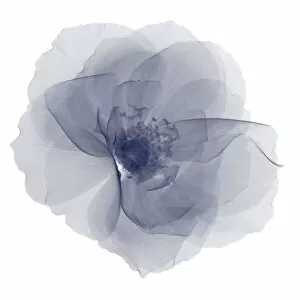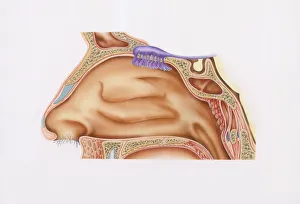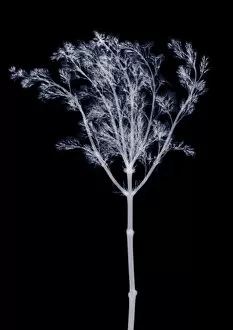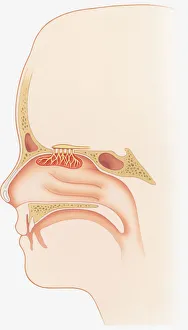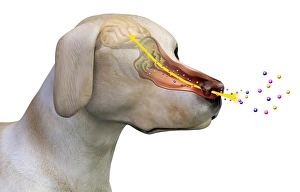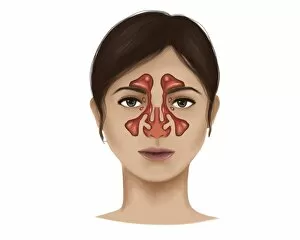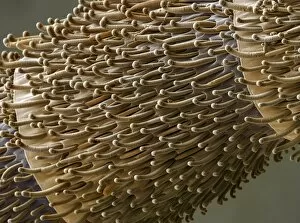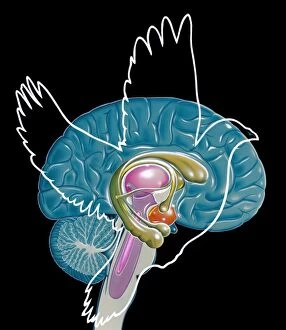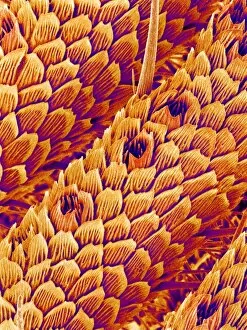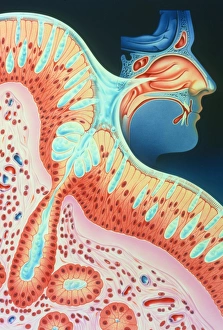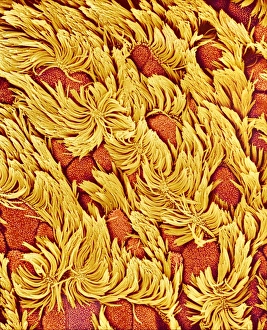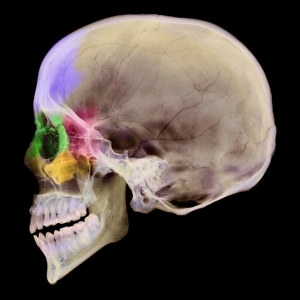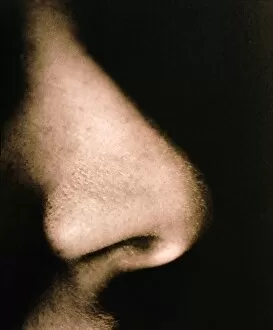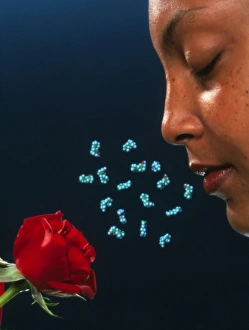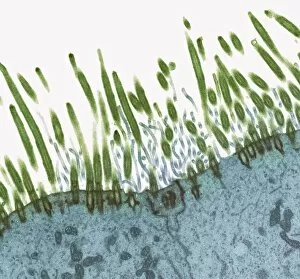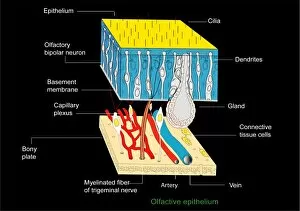Olfaction Collection
Olfaction, also known as the sense of smell, is a fascinating and intricate process that takes place within our nose and sinuses
All Professionally Made to Order for Quick Shipping
Olfaction, also known as the sense of smell, is a fascinating and intricate process that takes place within our nose and sinuses. Through the use of advanced medical imaging techniques such as CT scans and X-rays, we can now explore the complex pathways involved in this sensory experience. Imagine looking down at a gardenia flower from above, its delicate petals releasing an enchanting fragrance. With an X-ray image, we can visualize how this scent travels through our nasal cavity and interacts with our olfactory receptors. A cross-section illustration reveals the intricate structures within our nasal cavity: the nasal epithelium and smell receptors responsible for detecting different odors. It's incredible to think about how these tiny receptors play a crucial role in deciphering various scents. Intriguingly, Hippolite Cloquet's engraving showcases the human olfactory system in all its complexity. The artwork highlights key components like the olfactory bulb, turbinate bones, frontal sinus, sphenoid sinus - all vital elements in processing smells effectively. X-ray images of lilacs and freesias further emphasize how different flowers emit unique fragrances that captivate our senses. These visuals give us insight into how each plant species has evolved distinct odor profiles to attract pollinators or ward off predators. The SEM image of nasal lining provides a microscopic view of the specialized cells that line our nostrils. These cells contain sensors that detect specific molecules inhaled through our nose - allowing us to perceive countless aromas every day. But it's not just humans who possess an extraordinary sense of smell; canines have their own remarkable olfactory system too. Another artwork depicts this canine ability to detect scents with utmost precision - highlighting their exceptional talent for tracking missing persons or sniffing out contraband items.



